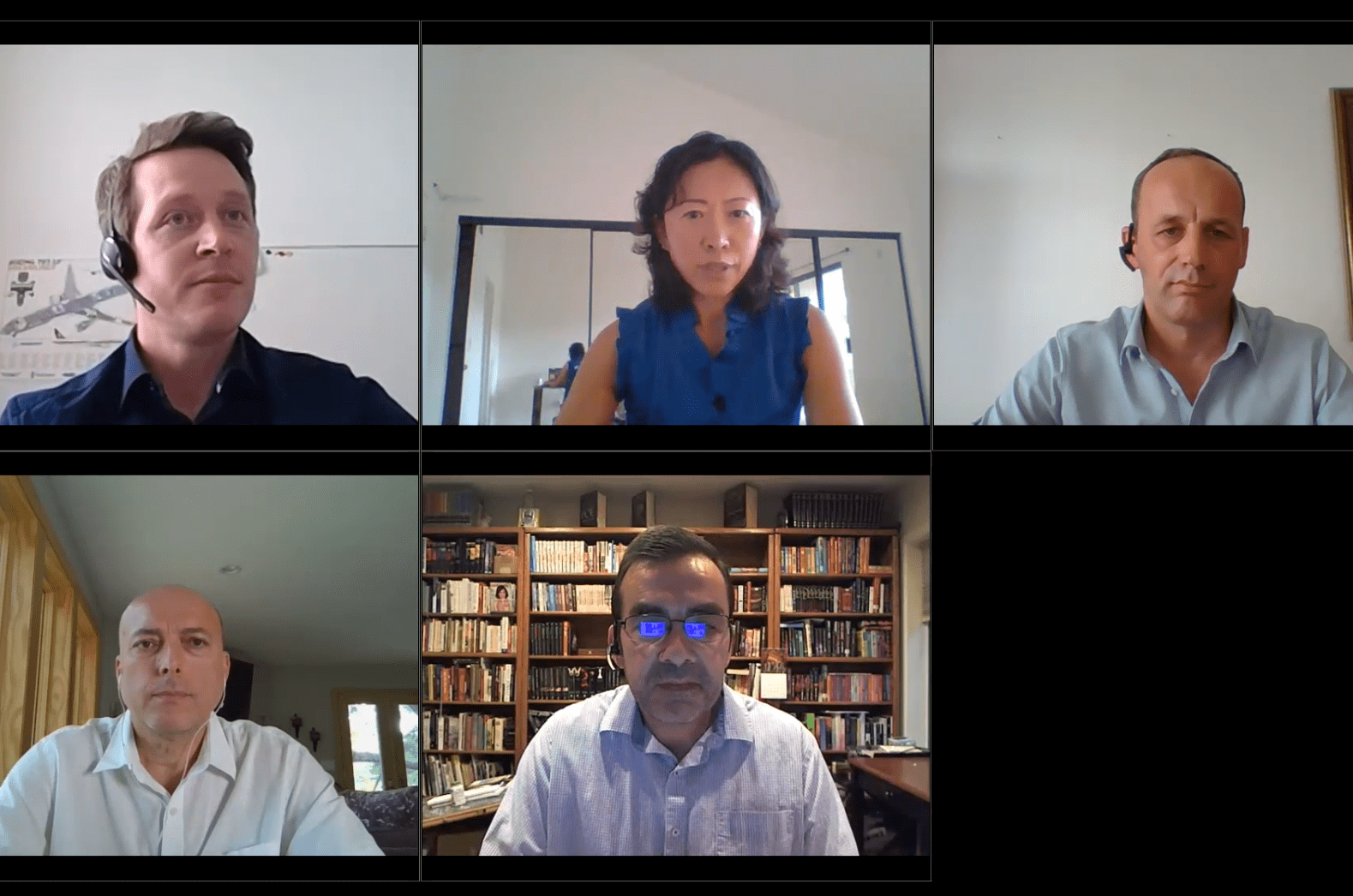The New Standards and Sensors Set to Improve Cabin Air Quality
Share

As airlines navigate their way through the effects of the global COVID-19 pandemic, new protocols and procedures have been developed to disinfect aircraft cabins. These efforts to enhance passenger safety have also brought aircraft cabin air quality into greater focus, which was the main topic of discussion during a recent webinar organized by RedCabin.
In-cabin odors and more serious fume events have long been an operational challenge for airlines and airframers. The causes are many, including food preparation and service, lavatory odors, leaked fluids, and electrical and mechanical failures that can introduce fumes into the aircraft’s environmental system. At the very least, these odors irritate and have a negative impact on passenger comfort. At their worst, a crew may have to divert the flight and land as soon as possible to ensure passenger safety.
“Our sense of smell is highly sensitive and complex,” said Chloé Shen Morosetti, Fleet Engineering-Systems at United Airlines. “Everyone will interpret a smell a little bit differently. A passenger smelling something unpleasant might not [affect] another passenger. Sometimes there are false indications as well, so that makes it even more challenging to determine air quality.”
Airbus’ Dr. Andreas Bezold, Expert Environmental Control Systems/Air Quality, explained, “One common misconception regarding odors is that these are results of a high concentration of a single substance. In most cases, this is not the case, but are a mixture of odor-active compounds … that are often at very low concentrations.”
That's a wrap on #RedCabinLIVE Episode VI! Thank you to our fantastic panel for such an interesting technical discussion around cabin air quality and the potential benefits and challenges of sensing technologies. And thank you to our audience for engaging so much in the debate!✈️ pic.twitter.com/65Ut9xmu5q
— RedCabin (@RedCabin_Events) August 6, 2020
A solution may be to equip the aircraft cabin with a suite of smart sensors that sniff the air and send data to the crew, and research is underway to determine how best to deploy this technology. “From a sensor point of view, the aircraft cabin is a fairly challenging environment. On a typical flight, you will see temperature, pressure and humidity levels changing; and then in a cabin where there are many people, and food and beverages are being served, there are many other chemical or odor sources,” said Rick Micak, Sr. Principle Engineer, Research & Development at Pall Aerospace.
When it comes to addressing coronavirus-related concerns, the panelists agreed that a multi-layered approach of heightened cleaning procedures, increased air ventilation and HEPA filtration, which captures 99.97 of airborne particles, works best. To that end, Pall Aerospace is also developing a new type of filter that can clean HEPA filters and Volatile Organic Compounds from the bleed air, Micak shared.
The aviation industry has been working hard to establish standards and requirements for air quality, driving the specifications for sensors, according to David Space, associate technical fellow at Boeing. However, doing so is a complicated process. “There’s different types of potential contaminant sources, and different technologies would be needed for different things,” Space commented. Referring to Boeing’s results in recent air quality studies, Space said, “We are doing a very good job. Now, is there an opportunity to enhance our aircraft? Yes.”
Airline crews have checklists to follow during an odor, smoke or fume event. Sensor data could assist in determining the best response, and possibly avoid unnecessary diversions that could create passenger safety issues. “One time an airline had to divert a flight because of some strange smell,” said United’s Shen Morosetti. “After the airplane landed, it turned out that a passenger had opened a bottle of nail polish.”


